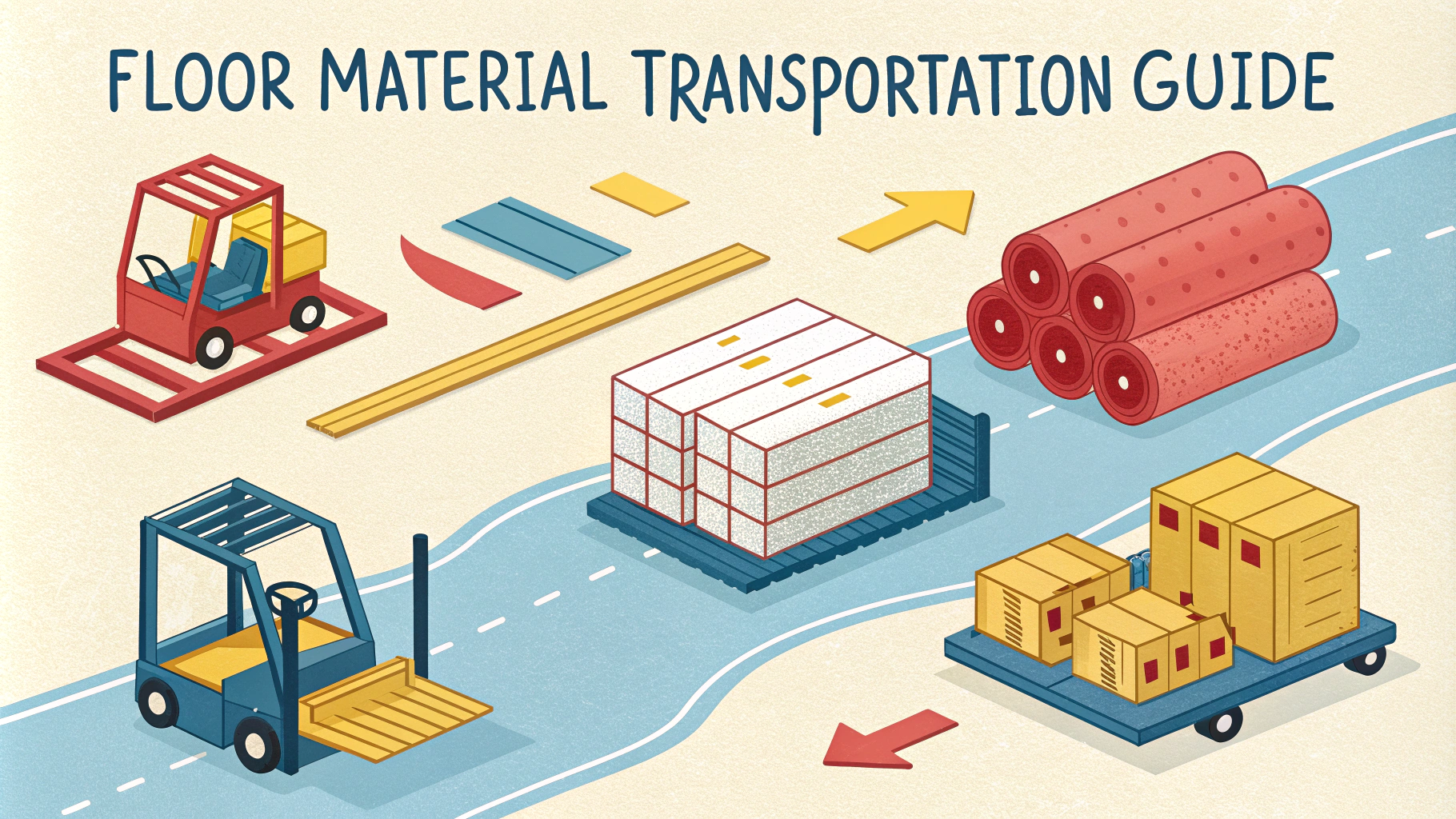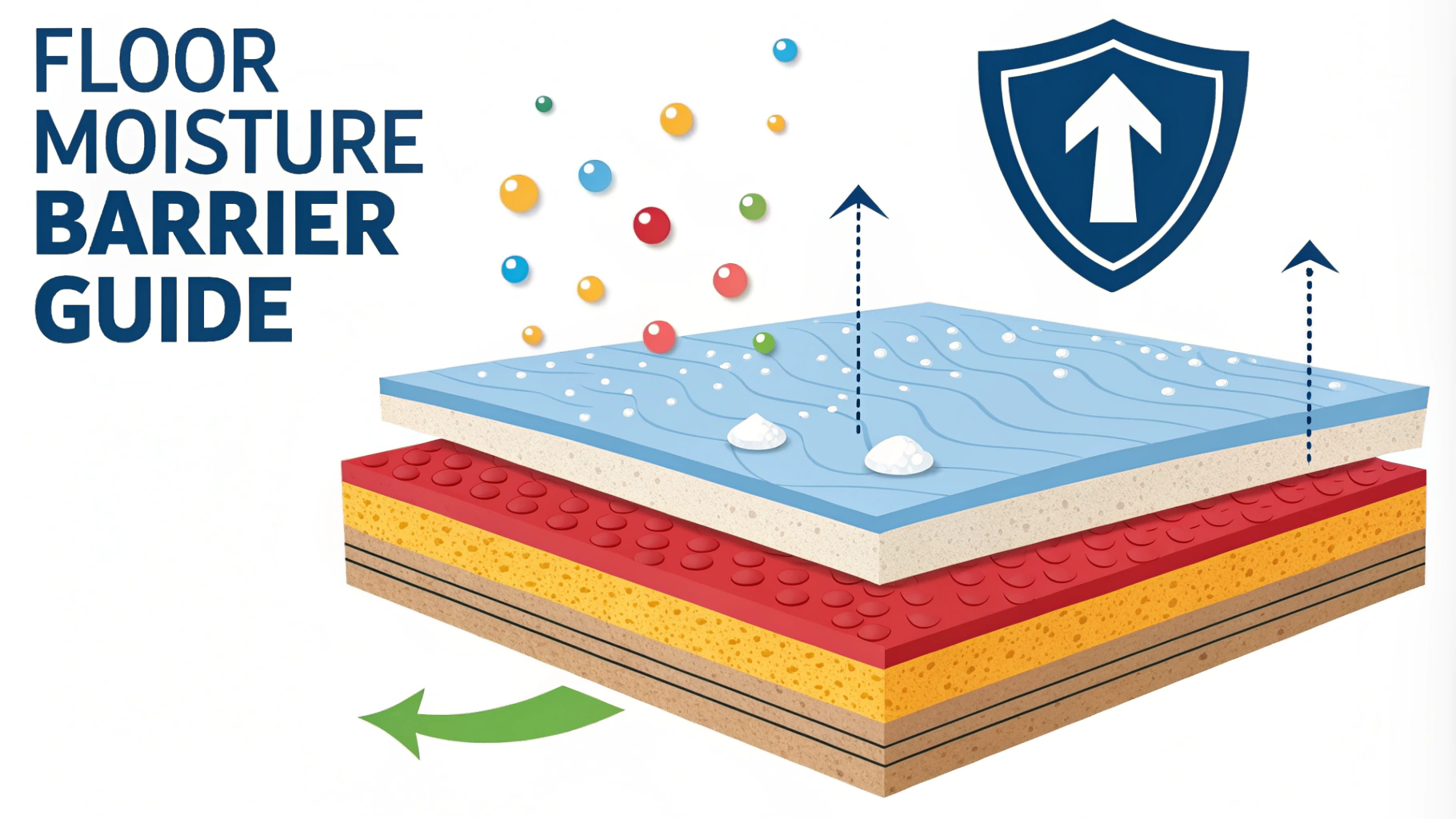Floor expansion joints allow building materials to naturally expand and contract without causing damage to the overall structure.
These specialized gaps help prevent cracking and buckling in flooring systems, particularly in large commercial spaces or areas with significant temperature fluctuations.
Installing and maintaining proper expansion joints is essential for extending the life of your flooring and preventing costly repairs.
Types of Floor Expansion Joints
- Rubber joints: Flexible and water-resistant, ideal for wet areas
- Metal joints: Durable option for heavy traffic areas
- PVC joints: Cost-effective solution for light commercial use
- Foam joints: Compressible material for concrete installations
When Are Expansion Joints Needed?
- Floor areas larger than 1,000 square feet
- Transitions between different flooring materials
- Areas with direct sunlight exposure
- Spaces with significant temperature changes
- Buildings in seismic zones
Proper Installation Guidelines
Calculate expansion joint spacing based on the flooring material and environmental conditions – typically every 20-25 feet in each direction.
Clean the joint area thoroughly before installation to ensure proper adhesion.
Install appropriate joint filler material to the correct depth based on manufacturer specifications.
Common Problems and Solutions
| Problem | Solution |
|---|---|
| Joint separation | Replace deteriorated sealant and ensure proper width-to-depth ratio |
| Water infiltration | Install waterproof joint systems and maintain regular sealing |
| Uneven surfaces | Level surrounding floor areas and use appropriate transition strips |
Maintenance Tips
- Inspect joints every 6 months for wear and damage
- Clean joints regularly to prevent debris accumulation
- Replace deteriorated sealants promptly
- Document inspection dates and maintenance performed
Professional Installation
Contact a certified flooring contractor for proper expansion joint installation, especially for commercial projects.
Look for contractors with specific experience in expansion joint systems and ask for references from similar projects.
Request written warranties for both materials and installation work.
Moving Forward with Your Project
Consider consulting with a structural engineer for large-scale installations or unique building requirements.
Research local building codes and ensure compliance with specific expansion joint requirements for your area.
Document all specifications and maintenance procedures for future reference.
Cost Considerations
Understanding the financial aspects of expansion joint installation helps with proper project planning and budgeting.
- Material costs vary by type and quality
- Labor costs depend on installation complexity
- Consider long-term maintenance expenses
- Factor in potential repair savings
Environmental Impact
Modern expansion joint systems offer eco-friendly options that align with sustainable building practices.
- Recyclable materials available
- Low-VOC sealants
- Energy-efficient installation methods
- Reduced waste through proper maintenance
Safety Considerations
During Installation
- Use appropriate personal protective equipment
- Follow manufacturer safety guidelines
- Ensure proper ventilation
- Maintain clear work areas
Post-Installation
- Install safety strips for visibility
- Monitor trip hazards
- Regular safety inspections
- Clear signage during maintenance
Ensuring Long-Term Success
Proper expansion joint systems protect your investment and maintain structural integrity for years to come. Regular maintenance, professional installation, and appropriate material selection are key factors in achieving optimal performance.
Stay informed about new technologies and materials in expansion joint systems to make informed decisions for future installations or replacements.
Remember that prevention through proper installation and maintenance is always more cost-effective than dealing with structural damage from inadequate expansion joints.
FAQs
- What is a floor expansion joint?
A floor expansion joint is a structural gap designed to allow independent movement between two parts of a building or floor surface, accommodating thermal expansion, contraction, and other structural movements without causing damage. - Why are expansion joints necessary in flooring?
Expansion joints prevent cracking, buckling, and other damage by allowing floors to naturally expand and contract with temperature changes, moisture variations, and building settlement while maintaining structural integrity. - How far apart should floor expansion joints be placed?
Generally, expansion joints should be placed every 20-25 feet in each direction for interior floors, though specific spacing requirements depend on the flooring material, climate conditions, and building design specifications. - What materials are commonly used for floor expansion joints?
Common materials include rubber, PVC, aluminum, stainless steel, and elastomeric compounds. The choice depends on factors like traffic load, environmental conditions, and aesthetic requirements. - How do you maintain floor expansion joints?
Regular maintenance includes cleaning debris from joints, inspecting for damage, replacing worn seals, and ensuring joints remain flexible and functional. Damaged sections should be repaired promptly to prevent further deterioration. - Can expansion joints be covered with flooring material?
No, expansion joints must remain visible and unobstructed to function properly. Covering them prevents proper movement and can lead to floor damage. - What happens if expansion joints are not installed?
Without expansion joints, floors can crack, buckle, or heave due to thermal expansion and contraction, potentially causing extensive damage to both the flooring and underlying structure. - How wide should floor expansion joints be?
The width typically ranges from 3/8 inch to 1 inch, depending on the expected movement range, climate conditions, and building specifications. Larger buildings may require wider joints. - Are expansion joints different for indoor and outdoor flooring?
Yes, outdoor expansion joints are typically wider and more heavy-duty to accommodate greater temperature fluctuations and environmental exposure compared to indoor joints. - When should expansion joints be replaced?
Expansion joints should be replaced when showing signs of wear, damage, or loss of flexibility, typically every 5-10 years depending on usage conditions and material quality.







